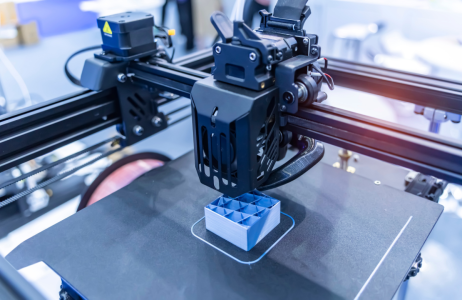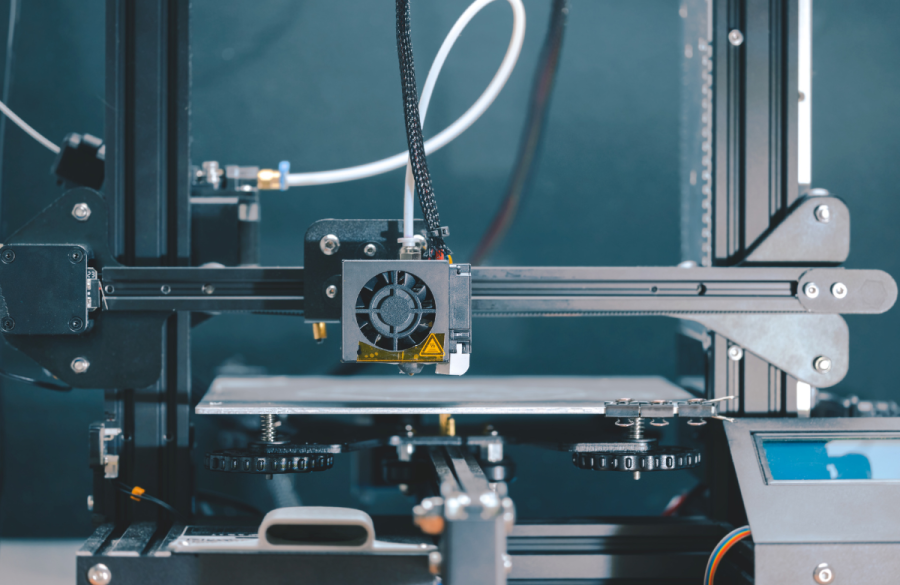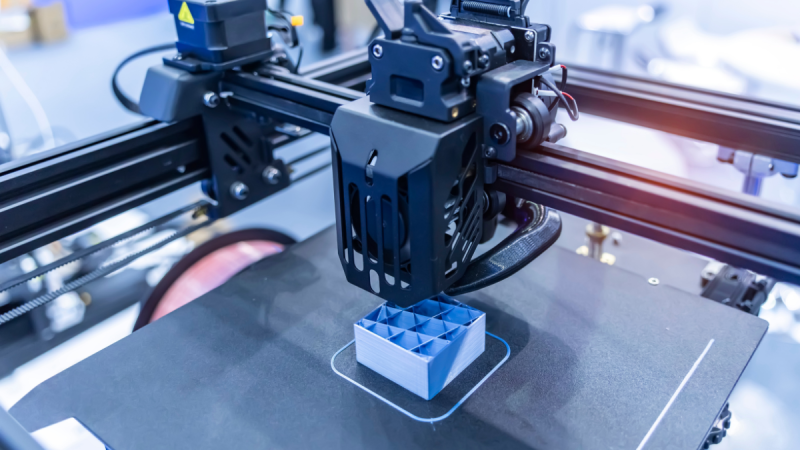
The rapid evolution of 3D printing technology has transformed industries but also raised significant intellectual property (IP) concerns.
As unauthorised reproductions become easier to produce, patent holders, trademark owners, and copyright holders face increasing legal challenges.
Our Technology and Commercial Litigation Lawyers explore the key IP risks of 3D printing and the legal remedies available to rights holders.
The Development of 3D Printing Technology
3D printing, also known as additive manufacturing, involves a machine laying down successive layers of material, such as plastics, fused to form a 3-dimensional product.
CAD (Computer-Aided Design) files hold the data, such as relevant dimensions, required for the 3D printer to construct the desired output.
Since the first patent was filed in 1986 for a historic form of 3D printing, technological advancements have significantly reduced the financial cost of 3D printers and expanded 3D printing to consumers and commercial businesses.
Equally, technological advancements in 3D printing have also broadened the capabilities of this technology, including in the aerospace industry for the creation of jet engine parts and organ transplants, as demonstrated in 1999 when scientists at the Wake Forest Institute for Regenerative Medicine used a 3D-printed bladder in an organ transplant.
In light of recent technological advancements and anticipated future advancements in 3D printer capabilities, commercial parties should be wary of potential Intellectual property (IP) infringement issues that may arise.












